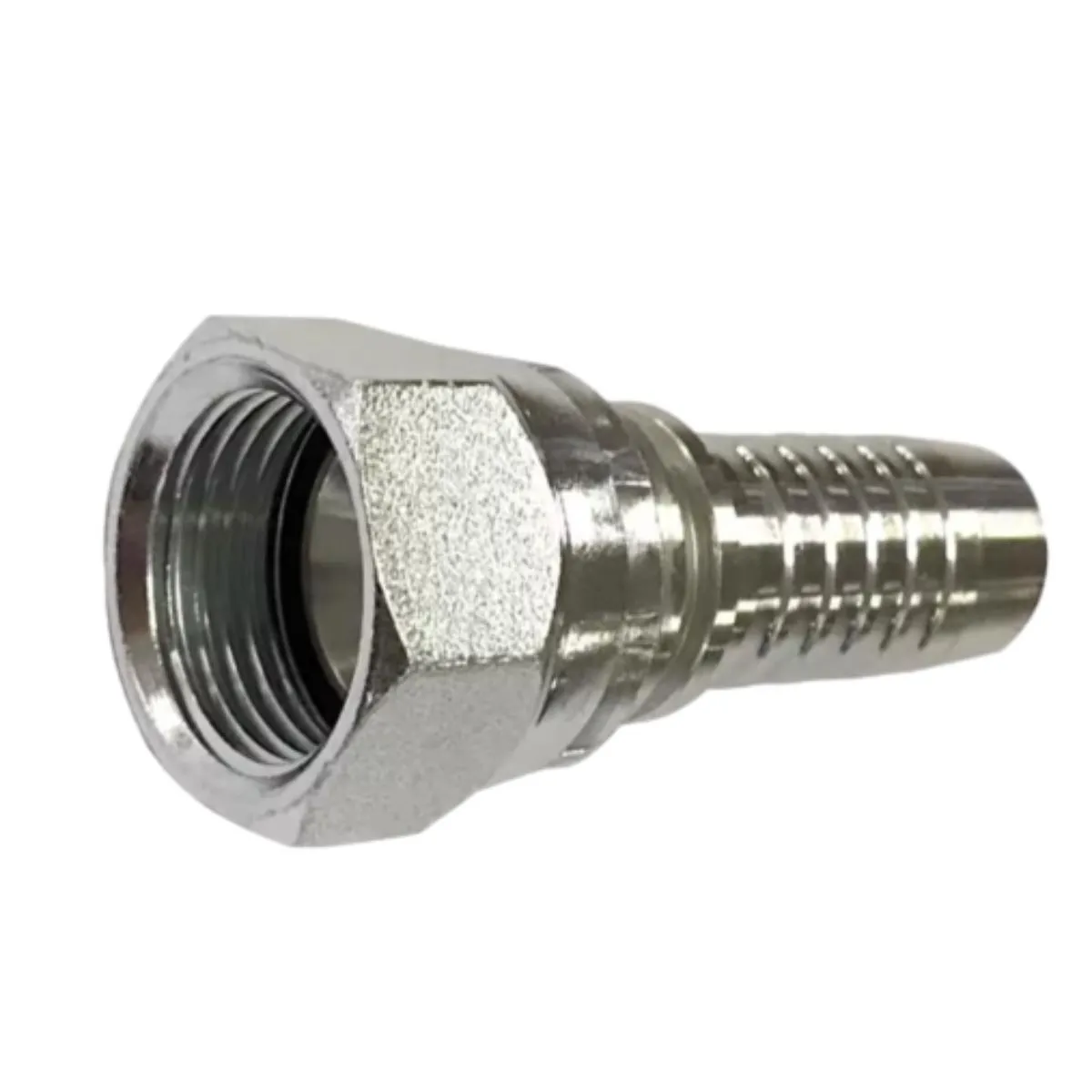Sep . 07, 2024 11:12 Back to list
High-Quality Hydraulic Hose Fittings | Durable & Reliable Solutions
Understanding Hydraulic Hose Fittings A Comprehensive Overview
Hydraulic hose fittings play a crucial role in the effective functioning of hydraulic systems across various industries. These fittings serve as connectors between hydraulic hoses and various components such as pumps, cylinders, valves, and other equipment. Given the immense pressure and fluid dynamics involved in hydraulic systems, the choice of fittings is vital for ensuring operational efficiency and safety.
Types of Hydraulic Hose Fittings
Hydraulic hose fittings come in numerous types, each designed for specific applications and pressure ratings. The most common types include
1. JIC (Joint Industry Council) Fittings These fittings feature a 37-degree flare design and are highly regarded for their leak-resistant properties. They are standard in many hydraulic and industrial applications.
2. NPT (National Pipe Thread) Fittings Known for threading and sealing, NPT fittings are used where a secure connection and pressure-tight seal are necessary. They are commonly employed in lower-pressure applications.
3. Metric Fittings These fittings conform to the metric system and are prevalent in European machinery and equipment. Their designs often include a variety of thread styles and connection types.
4. ORFS (O-Ring Face Seal) Fittings Utilizing an O-ring for sealing, ORFS fittings provide a secure connection that minimizes leakage risks, making them suitable for high-pressure applications.
5. BSP (British Standard Pipe) Fittings These fittings are predominantly used in British and Commonwealth countries and are available in both parallel and taper thread styles.
hydraulic hose fittings

Material Considerations
The materials used in the construction of hydraulic hose fittings are critical to their performance
. Common materials include steel, stainless steel, brass, and plastic. Steel fittings are strong and durable, making them suitable for high-pressure environments, while stainless steel fittings offer corrosion resistance for applications exposed to harsh conditions. Brass fittings provide a good balance between strength and corrosion resistance, making them a popular choice for various industrial applications.Importance of Proper Selection and Installation
When selecting hydraulic hose fittings, factors such as pressure ratings, fluid compatibility, and environmental conditions must be considered. Choosing the wrong fitting can lead to leaks, system failures, and potential safety hazards. Additionally, proper installation is paramount. Ensure that fittings are adequately tightened without over-torquing, as this can compromise the fitting's integrity.
Maintenance and Inspection
Regular maintenance and inspection of hydraulic hose fittings can prevent significant failures. It is essential to periodically check for signs of wear, corrosion, and leaks. Replacing damaged or worn fittings promptly can save time and money by avoiding unexpected downtimes.
Conclusion
In conclusion, hydraulic hose fittings are an integral component in the functionality of hydraulic systems. Understanding the types, materials, and proper maintenance of these fittings can significantly enhance the performance and longevity of hydraulic equipment. By making informed choices and adhering to best practices in installation and maintenance, industries can ensure the safety and efficiency of their hydraulic operations. Whether in construction, manufacturing, or agriculture, the significance of reliable hydraulic hose fittings cannot be overstated, marking them as essential elements in today’s mechanized world.
-
The Role of Field Wire Fence in Grassland Conservation
NewsJul.15,2025
-
Stainless Steel Razor Wire Durability in Coastal Environments
NewsJul.15,2025
-
Enhancing Home Security with Mesh Fences
NewsJul.15,2025
-
Diamond Mesh Wire for Small Animal Enclosures
NewsJul.15,2025
-
Common Wire Nail Tensile Strength Testing for Woodworking
NewsJul.15,2025
-
Barbed Wire Corrosion Resistance Galvanization Techniques
NewsJul.15,2025









